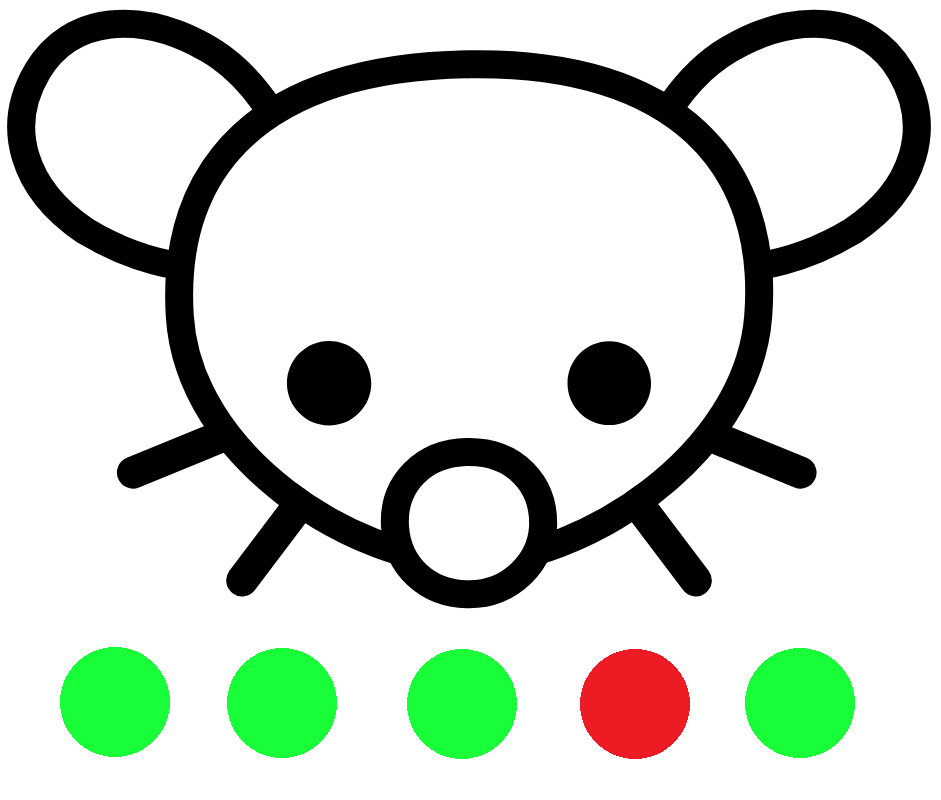I have copied the latest git revision c67b943aa894b90103c4752ac430958886b996b2 from https://gitlab.tt-rss.org/tt-rss/tt-rss to my gitea instance which is mirrored to https://gitlab.com/nodiscc/tt-rss and https://github.com/nodiscc/tt-rss.
I don’t intend to make changes or bugfixes (it’s working fine), but I will try to keep it compatible with the PHP version in Debian stable, since I’ve been using it for years and would really like to keep doing so.






I use
firewalldas generic firewall and fail2ban as IPS/anti-bruteforce solution (blocks IPs using firewalld’s ipsets)